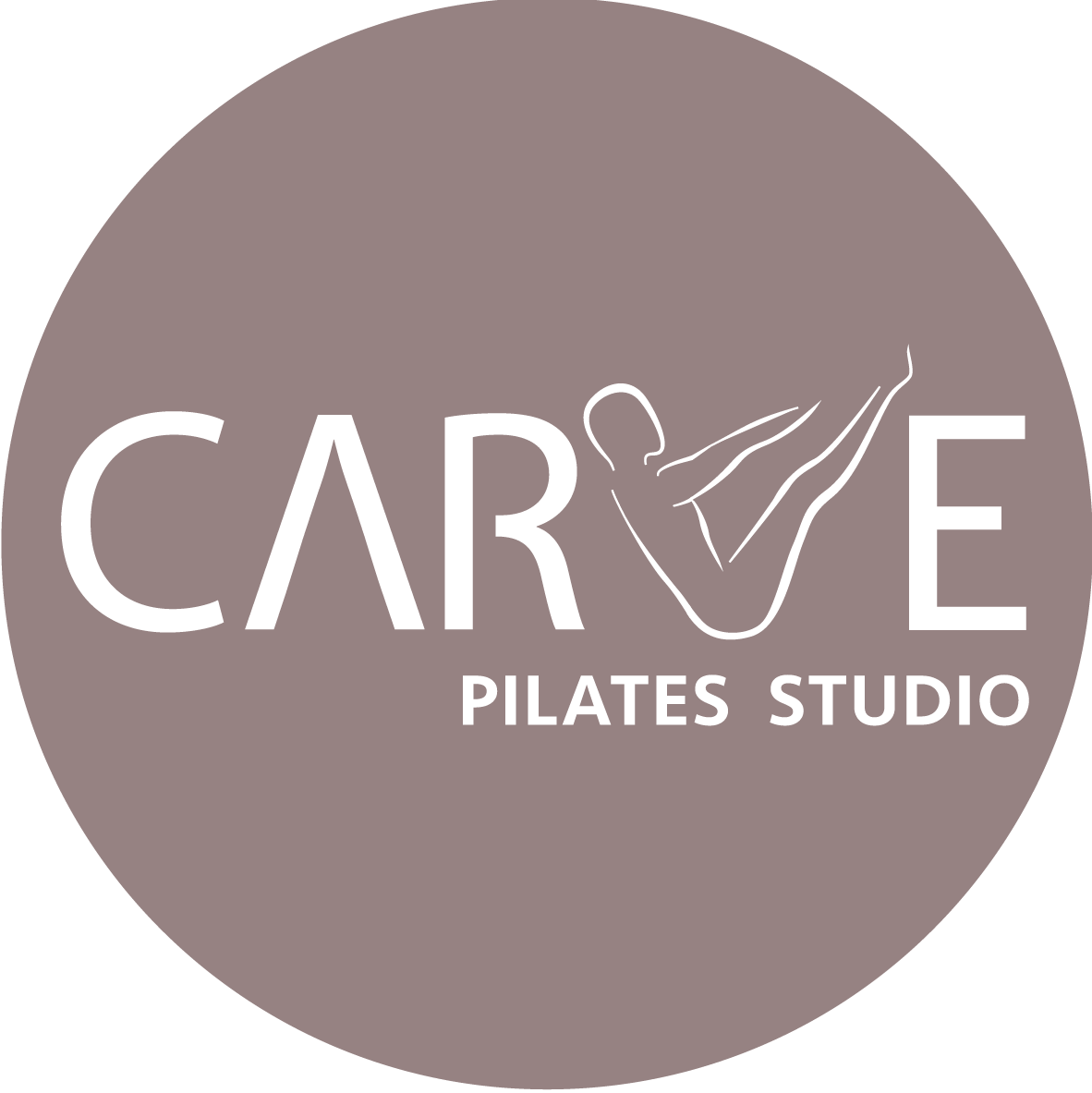How has Pilates changed my body, my perspective on pain, injury and post-surgery recovery?
- CARVE Pilates Studio Pte. Ltd.

- Apr 1
- 4 min read
Updated: Aug 20
Without working through the pain, and without understanding pain management, today I wouldn’t have been able to regain the full range of motion in my surgical knee.
I started Pilates more than a decade ago. I remember when I embarked on the instructor programme, the more Matwork Pilates I did, the more lower back pain I had! That sounds really like an oxymoron, uh? Isn’t Pilates supposed to help with lower back pain? But it was igniting pain in me.
I was still holding a full-time corporate role then where I was travelling around the region almost on a monthly basis. How strong was my body during that period? Fact was, I wasn’t in my tip top form. Yet, as part of the instructor certification programme, I was doing a huge amount of rollover, roll down and many other Instagram-friendly repertoire which required the core muscles to perform!
Taking up an instructor programme is demanding to the body. What happened for me, I showed up every time between the travels, did and trained for the exercises in the best way I could with the little time while I was in town. Time, as we all know, is a precious commodity. So, I didn’t spare myself the time to understand the root cause. Pain relief was mainly via clinical visits to physiotherapy, osteopath, sports doctor and TCM. What I wasn’t doing, was to take the time to understand the underlying issues and build a consistent programme to address them.
The pivotal point for me really was when I had to undergo the yearlong post-knee surgery rehabilitation. I took the opportunity to study kinesiology through academic textbook and delved deeper into how Pilates can be a superb complement to the rehabilitation period. Everything from spinal articulation to improve the vertebral column, foot-to-core engagement where hip-knee-ankle stability can translate into postural improvement, and deep three-dimensional breathing techniques that are closely linked to our central nervous system to help in overall well-being for stress recovery. Everything in sports science came alive in my own body!
My aim, as discussed and agreed with my surgeon and physiotherapists, was to treat me like a semi-professional athlete and bring the post-op me back stronger and fitter! As a Pilates instructor, my standpoint was I am somewhat a semi-professional individual and I wanted to aim high! I am so grateful for a supportive and understanding medical and rehab team to journey with me on setting realistic targets throughout the recovery process and celebrating milestones.
I acquainted with pain in a different perspective in the process. Rather than abhorring it, pain is a gift. There is a threshold where you don’t want to cross over the pain level which would cause tissue tear. Prior to that, it is a signal to the body on misalignment or if it is aligned, an inhibition or compensation somewhere. That signal, if ignored, can bring about harm to the tissues around the area over time.
I went on to teach as a Clinical Pilates Instructor in the physio clinic, working with patients recovering from surgeries or injuries. That experience continued to seal my knowledge in rehabilitative Pilates.
The body is intelligently created. When it encounters a pain signal, it can continue to perform a task by circumventing the use of the very thing that causes it the pain by introducing compensatory movement. Let me give you a real-life example. Most of us would be familiar with bunions. As small as it is in the foot, it can have significant impact to the entire body! To overcome the pain in the big toe region for walking purposes, you’d see the knee starts to cave in with the foot arch collapsing, and the hip starts to tilt, leading to postural changes to the spinal column where we may likely see a forward head posture, exerting unnecessary pressure to the cervical spine, which then can bring about pains felt in the head. Can you see the chain effect from the ground up?
If we continue movement in the example above, the body will start to get used to it and the new mechanical compensatory form may become structural after a period of time. So, addressing a pain point and nipping it in the bud is key to overcoming compensations from elsewhere in the body.
All of that are just biomechanics – the way our bodies move. The beautiful part of Pilates is contrology. This movement strategy focuses massively on firing the stabiliser muscle groups which include your abdominals, glutes, shoulders and spinal column before the exercise movement takes place. It’s literally a nanosecond mindbody connection. That helps to correct movement dysfunction such as asymmetrical weight shift, flaring rib cages, hip hike, to name a few, and restore biomechanical integrity for efficient movement. When that becomes part of you, you’d know Pilates has become functional for you. It should not just stay in the Pilates studio; everything we do on the Pilates equipment mimics a part of our functional lives.
Most importantly, the body is smart. If you carve out time to give it the musculoskeletal balance and the physical rest, it will heal itself. Over time, you’d have built yourself a toolkit on how to balance life and rest in the present.









Comments